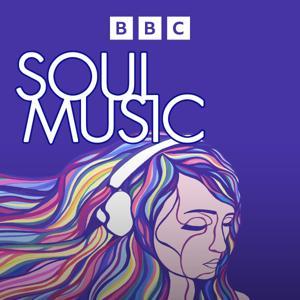There are so many great apocryphal stories in the long history of classical music, from the reason Tchaikovsky wrote his Sixth Symphony to what famous composers supposedly said on their deathbeds, to my favorite story: how Joseph Haydn's Symphony No. 96, The Miracle, got its name.
Apparently, during the premiere of the symphony, a chandelier fell, but miraculously didn't hit anyone. Hence, The Miracle Symphony. The chandelier did, in fact, fall, but we now know it happened during the premiere of Haydn's Symphony No. 102, which has no nickname. Coincidentally, or perhaps not so coincidentally, the 96th Symphony is performed far more often than the 102nd, likely because of its nickname, even though it's the nickname of the wrong symphony.
The Barber Violin Concerto has a great and true story behind it. But before certain information was revealed in 2010, the story everyone knew was quite different. The original version goes like this: Barber had completed the first two movements of his Violin Concerto and sent them to the soloist scheduled to premiere the work, Iso Briselli. Briselli didn't like the concerto, claiming it wasn't virtuosic enough, and asked Barber to write something more difficult.
Barber, perhaps with an evil laugh, obliged and returned with the third movement. When Briselli received it, he realized he couldn't play it because of its extreme difficulty and ultimately withdrew from the premiere, which instead went to violinist Albert Spalding. It's a perfect "Icarus flying too close to the sun" kind of classical music story, but as it turns out, it isn't the full story.
In 2010, letters were released between Barber, Briselli, and the real instigator in this little operetta, Briselli's violin teacher, Albert Meiff. I'll get into the whole story later, but it's a good one, even if it's not quite as cinematic as the legend.
More important than the dispute over its last movement is the remarkable beauty and creativity of this masterful 20th-century concerto. Barber's Violin Concerto is one of my favorite pieces to play and to conduct, and it has charmed audiences ever since its premiere. It features Americana music of a kind only Copland could equal, as well as a heartbreaking oboe solo that might be one of the greatest moments in the history of American classical music.
And then there's that pesky third movement, a challenge to every violinist (and orchestra) and a movement that remains controversial for many reasons.




































